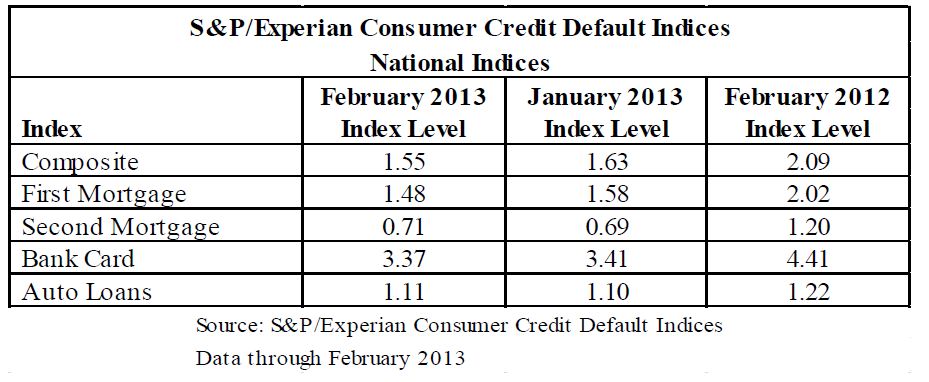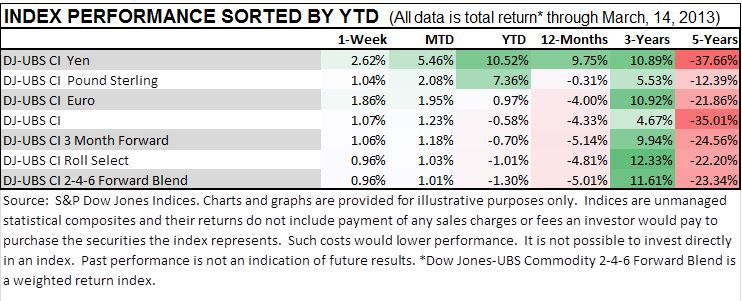A recently published paper received a fair amount of publicity for its suggestion that portfolios selected randomly by monkeys would have outperformed a capitalization-weighted index of the same universe. In recent years it seems like everyone is bashing cap-weighted indices, so it was probably only a matter of time until apes took a shot. Maybe pigs and dolphins are next.
The problem with this analysis is that the monkeys formed their portfolios by choosing stocks so that each stock (of 1000 in the test universe) had an equal likelihood of being selected and/or overweighted by each monkey. This more or less guarantees that the monkeys’ portfolios, perhaps with a very few exceptions, will have a small cap bias. In a period when we know that small size paid off, it’s not surprising that the monkeys outperform cap weighting.
One of the virtues of a cap-weighted index is that it accurately reflects the nature of the investor’s opportunity set. Otherwise said, the world is cap-weighted. An investment dollar chosen at random is not equally likely to be invested in Apple Computer as on the smallest stock in the universe. It is much more likely to be invested in Apple. The monkeys presumably did not know this, and thus, in a particular way, behaved anything but randomly.
The posts on this blog are opinions, not advice. Please read our Disclaimers.












































